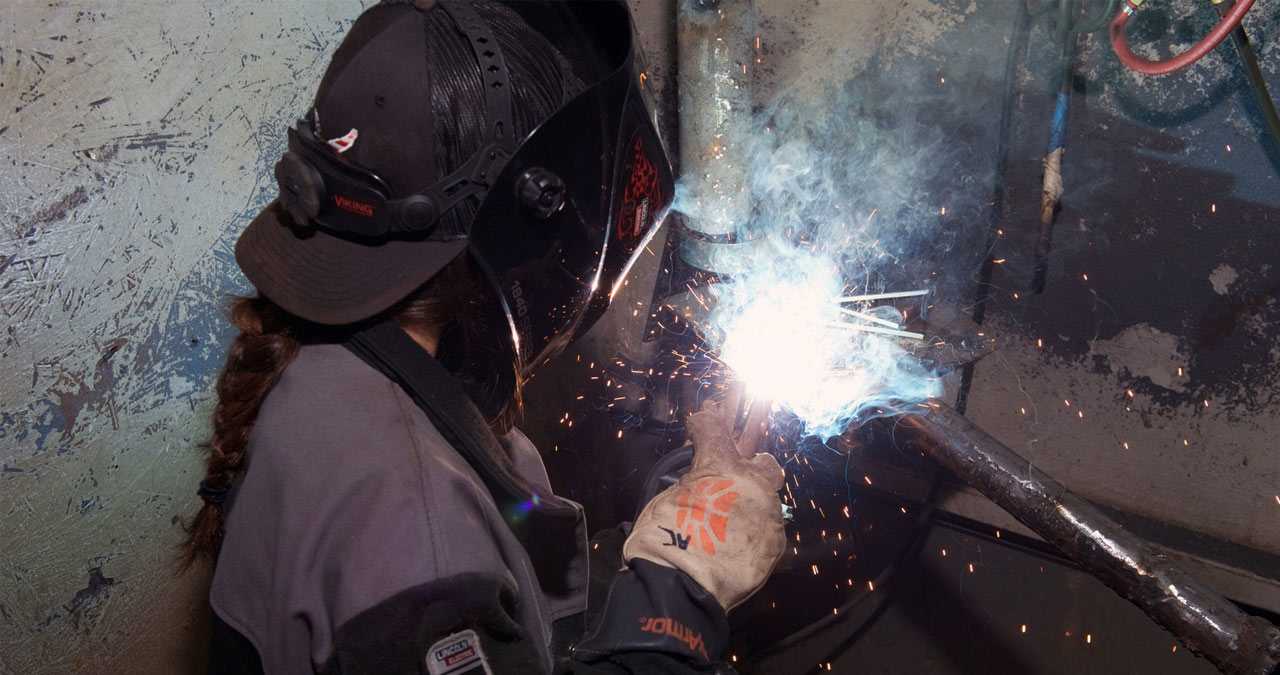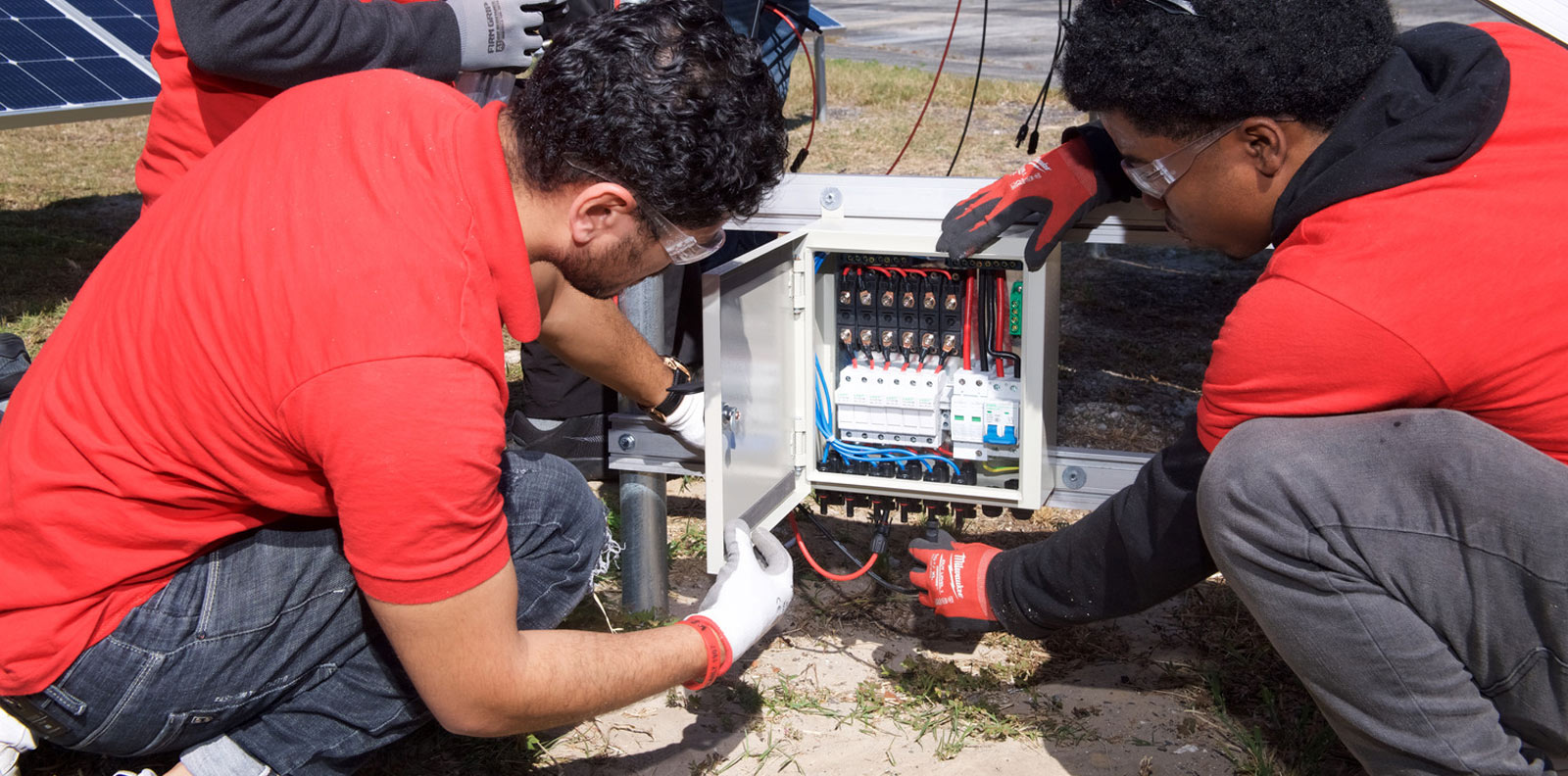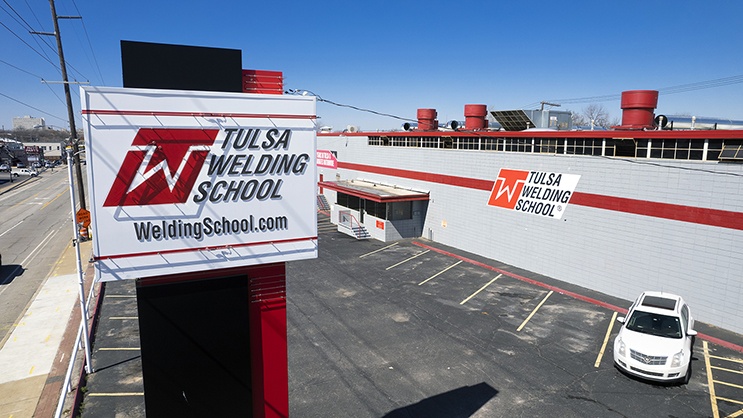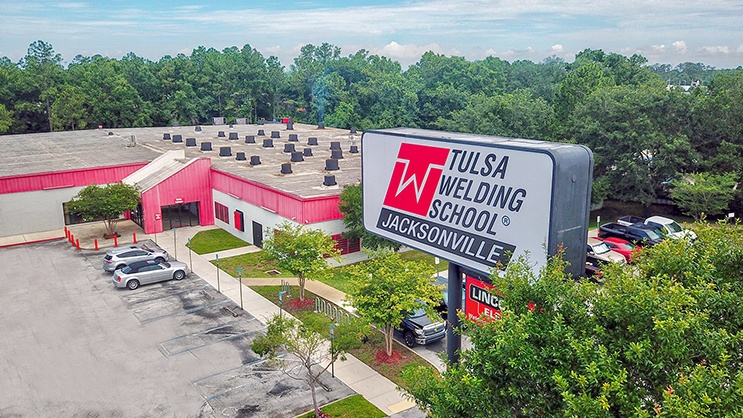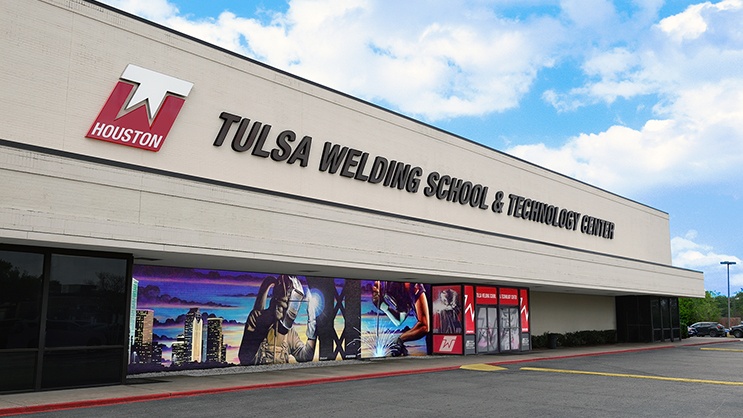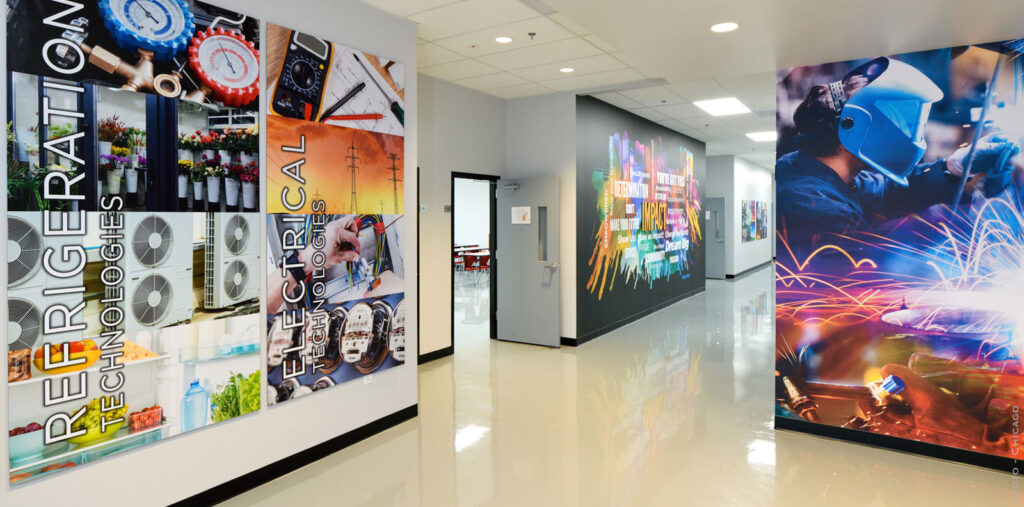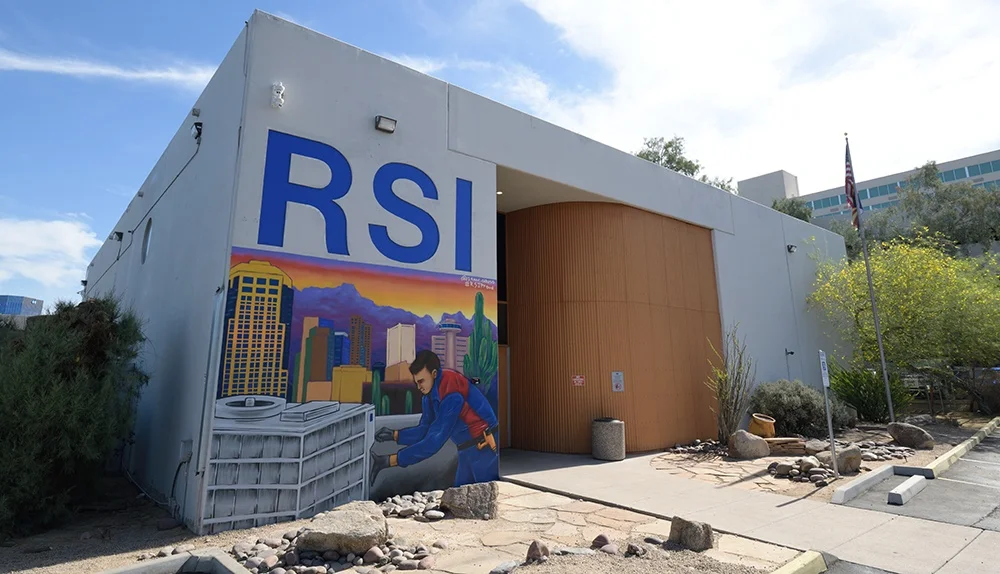TWS is a Great Training Option for Everyone
Learn more about how we can prepare you to advance your career.
If you’re learning stick welding, getting certified is key to getting a welding job. Shielded Metal Arc Welding (SMAW) certifications prove you can pass hands-on welding tests and are proficient in stick welding. These are required for welding jobs. In this blog we’ll break down the main SMAW certifications and what each means for your welding career.
What is SMAW?
Shielded Metal Arc Welding (SMAW), also known as stick welding, is one of the most common welding processes used in welding. SMAW uses an electrode, coated in flux. The electrode carries an electric current and when it touches the metal it creates a high-heat arc that melts both the rod and the base metal. The melted metal forms the weld and the flux coating burns off and creates a gas cloud that protects the weld from contamination.
SMAW can be used on steel, stainless steel and cast iron. It’s not usually used on thinner materials or non-ferrous metals like aluminum. That’s where other welding processes like TIG or MIG come in.
SMAW is a good starting point for new welders. It helps build the core skills needed for more advanced processes. This is one of the first welding processes you will learn at Tulsa Welding School (TWS).
Have You Considered a Career in the Skilled Trades?
Fill out the form to recieve a no obligation info packet.
Stick Welding 101 (SMAW) – Tulsa Welding School
List of SMAW Welding Certifications
SMAW certifications validate your proficiency and adherence to industry standards. Below is a list of SMAW-specific welding certifications:
AWS Certified Welder (CW) – SMAW Process1
This American Welding Society (AWS) certification assesses your ability to perform SMAW in various positions and using different materials. The certification exam tests you on real welding tasks like flat, horizontal, vertical, and overhead welds. Each position comes with different challenges and proves your control and technique while welding. Your welds are inspected for quality and strength. Passing means you meet AWS code requirements.
AWS D1.1 Structural Welding Certification – SMAW2
Focused on structural steel welding using the SMAW process, this certification proves that you meet the requirements of the AWS D1.1 Structural Welding Code. This code is the industry standard for welding steel structures like buildings, bridges, towers, and platforms. The test includes welding steel plates in multiple positions such as 1G, 2G, 3G, and 4G. You may be asked to use electrodes like E7018 on materials of specific thicknesses. Welds are inspected visually and tested using bend tests or X-ray. Passing this certification proves you can make code-compliant welds that hold up under stress.
ASME Section IX Welder Performance Qualification – SMAW2
This certification, provided by the American Society of Mechanical Engineers (ASME), qualifies welders for SMAW on pressure vessels and piping systems, adhering to the ASME Boiler and Pressure Vessel Code Section IX. The test focuses on your ability to make strong, defect-free welds on pipe or plate, often in 2G, 5G, or 6G positions. You’ll use electrodes such as E6010 for root passes and E7018 for fill and cap passes. Welds are inspected using visual checks and mechanical tests. Passing this test means you can safely weld critical systems that operate under high pressure and heat.
UA Welder Certification Tests – SMAW3
Offered by the United Association (UA), these certifications evaluate welders on various SMAW tests used in piping and mechanical systems. The UA represents plumbers, pipefitters, welders, and HVAC techs across North America. Their welding certifications match real-world job conditions in industries to prove your SMAW welding technique.
The tests focuses on pipe welding with strict standards. For example, the UA-1 test requires welding a 6″ Schedule 40 carbon steel pipe in the 5G position using an E6010 electrode for the root pass and E7018 for the fill and cap. The UA-8 test involves a 2″ Schedule 80 pipe welded in the 6G position, which is one of the most challenging positions because the pipe is fixed at a 45-degree angle.
Each weld is inspected visually and tested using bend tests or X-ray to ensure structural integrity. These certifications are commonly required for union jobs, especially in the piping and mechanical trades. Passing proves you are qualified to work on high-pressure systems.
Why Get SMAW Certification?
Getting certified in SMAW shows you have the skills to weld safely and with precision.
Basic Work Requirements
Employers often require certified welders who can handle different positions like vertical or overhead welding. Some projects even need specific certifications like AWS D1.1 for structural welding or ASME Section IX for pipe welding.
Career Advancement
With an SMAW certification, you can advance in your career. It helps you stand out when applying for work. Many employers won’t consider welders without a SMAW certification.
Learn and then Earn
Getting certified doesn’t take years. Tulsa Welding School offers focused programs that prepare you for SMAW certification in as little as 7 months.
Want to Learn More?
The Professional Welding program and Welding Specialist with Pipefitting program at Tulsa Welding School start by helping you know what it’s like to be a welder in interactive workshop courses and welding booths. You’ll be trained in structural, flux core, and pipe welding in as little as seven months. You’ll also be prepared to excel in job interviews and welding tests for various certifications.
